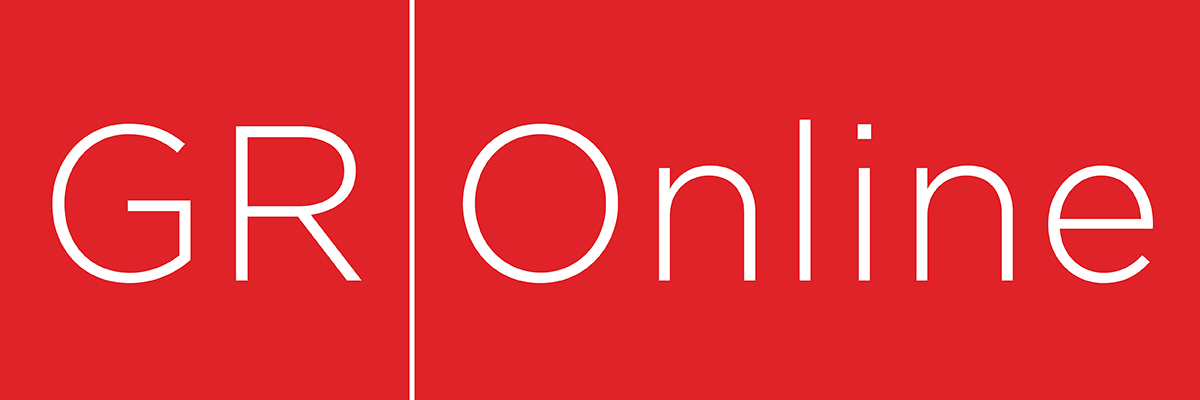
Welcome to GR Online, a series of short-form articles that take aim at the moving target of contemporary culture as it’s whisked along the guide rails of innovations in digital media, globalisation and late-stage capitalism.
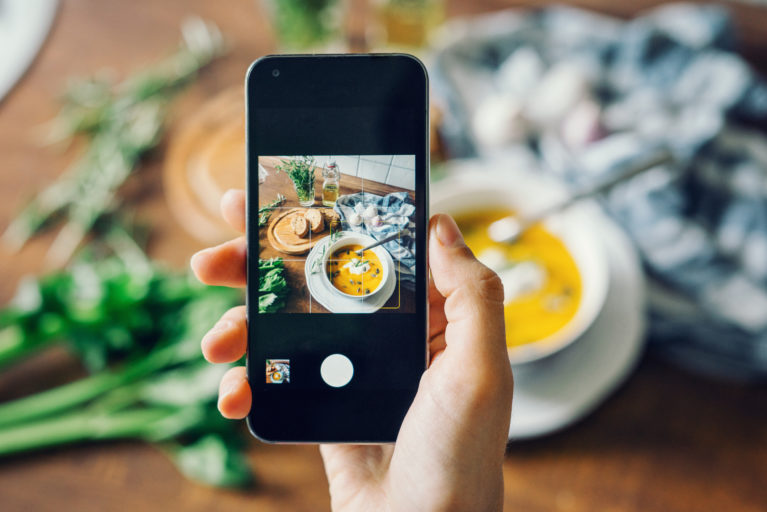
Consuming content
‘Do food bloggers realize how awful their recipe pages are?’ a Reddit user innocently enquires in a thread I stumble across while googling food blogs bad. ‘Do they take reader satisfaction into account?’ According to more than 600 replies, the answer is largely no.

Beware the funky murals
Yet increasingly murals are rolled out by local government with the aim of rapid redevelopment and gentrification of traditionally working-class areas... The broader function of officially sanctioned public art like this is to make a place more attractive to developers...and middle-class home buyers.
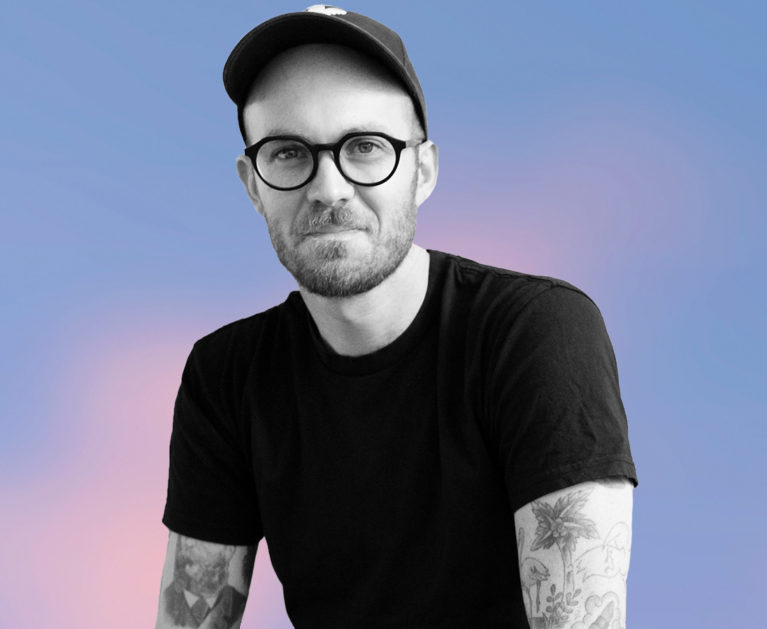
Cloak and swagger
There is a tension that I am trying to provoke – a back-and-forth between invitation and denial, visibility and invisibility, surface and depth – that arises in various ways throughout the work. It is in the presentation of the figure and its ‘lingering traces’, the cloak of costumes with their vibrant materiality, the seductively polished yet impenetrable terrain of the images.
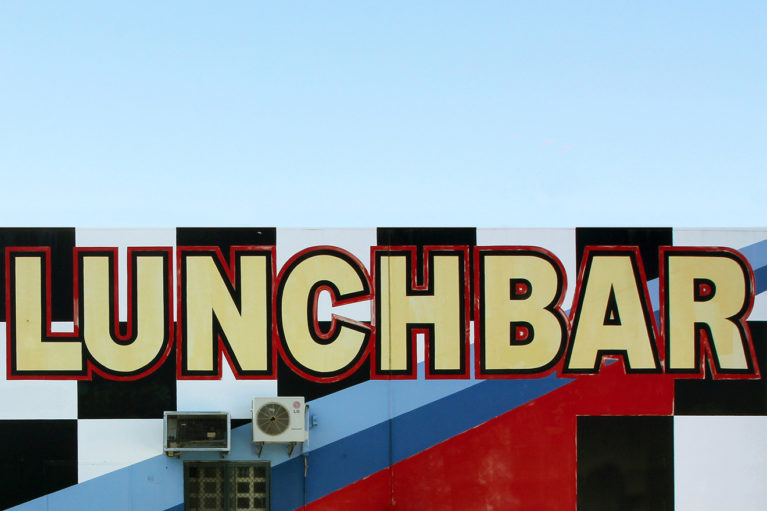
Lunch bars
From cream buns and vanilla slices to cheese-filled sausages and salad sandwiches, working-class culinary culture would not be the same without the lunch bar. Typically tucked away in a corner of the city’s suburban, industrial and commercial districts, lunch bars have sustained the work force with an array of no-frills fast food since the 1950s.

Cosy, all too cosy
I had such fun doing the project, which was sort of like organised yarn bombing... It was a project for a specific area, a swimming hole in a small town outside of Warrnambool, and I created floating waterlilies that went in the pond as well as birds and nests and things that went in the trees – about half-a-dozen pieces.
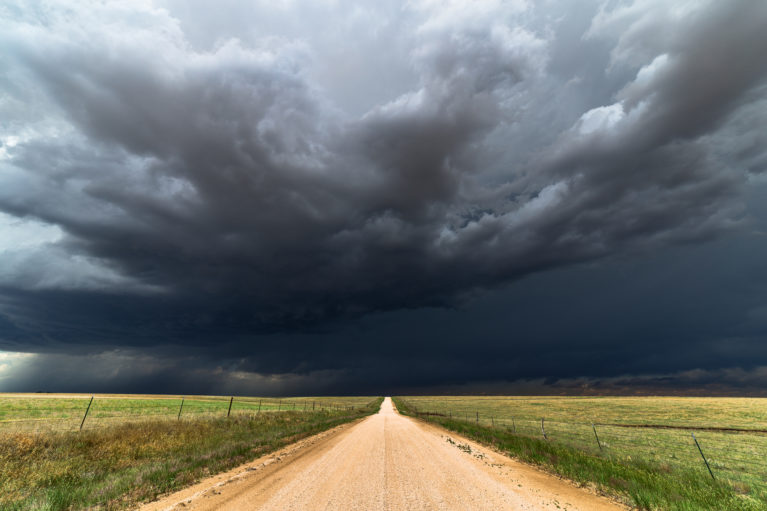
The watergaw
One of the first poems MacDiarmid wrote, with his new name and his new sense of what was required of his existence, was ‘The Watergaw’. No doubt it came as a bolt out of the blue and required much fastening to the jinker, but it reads like a bit of the earth’s speech. It’s a burn steadily chanting over the brae, as they’d say in his part of the world.
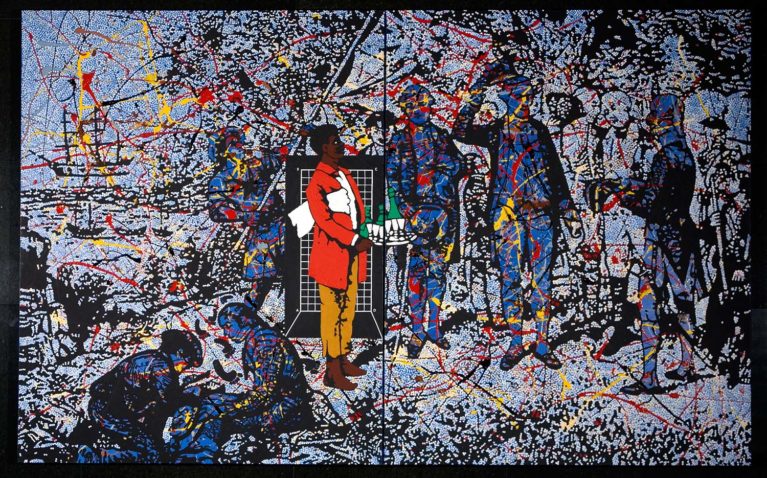
Possession
Bennett chose to excavate representations of colonial history. Old paintings, drawings, stamps, newspapers and textbooks – the kit and caboodle of scenes, images, stories and tropes that, in sum, form something like Australia’s visual common sense. It is just this assemblage that Gordon Bennett sought to unsettle in Possession Island.
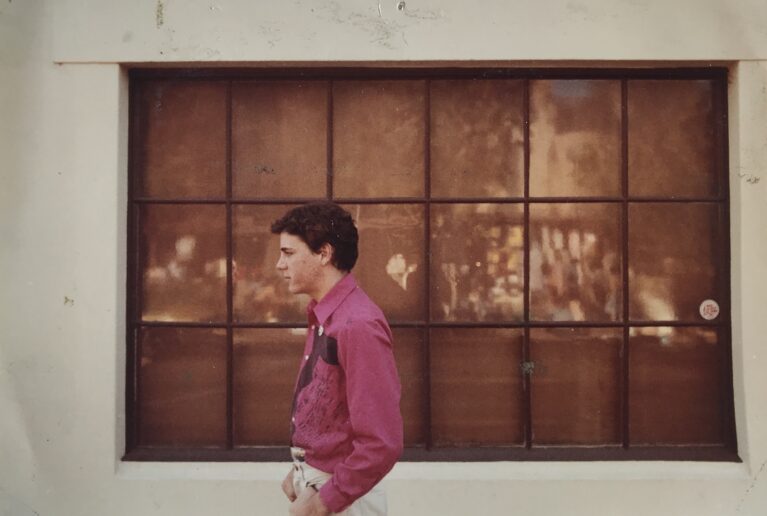
Looking for Johnny Burnaway
In suburban Brisbane, Johnny discarded his teenage nickname, Zap, and adopted a new identity: Johnny Burnaway. The name, which he took from a minor character in Anthony Burgess’ cult novel A Clockwork Orange, served as both punk persona and an accurate description of his future.
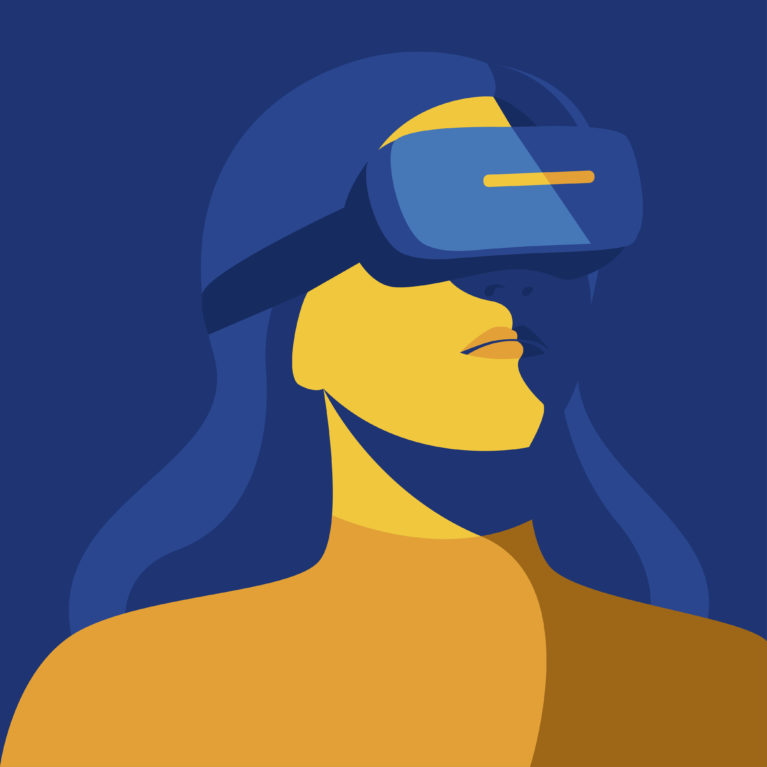
The empathy machine?
A cursory Google search soon reveals that ‘VR as the ultimate empathy machine’ – as VR filmmaker and proselytiser Chris Milk calls his 2015 TED talk – is not just a niche academic research interest, it’s a movement. And like all movements, it has its prophets and zealots. According to Milk in a 2016 TechCrunch interview, VR promises the ‘democratisation of human experience’.
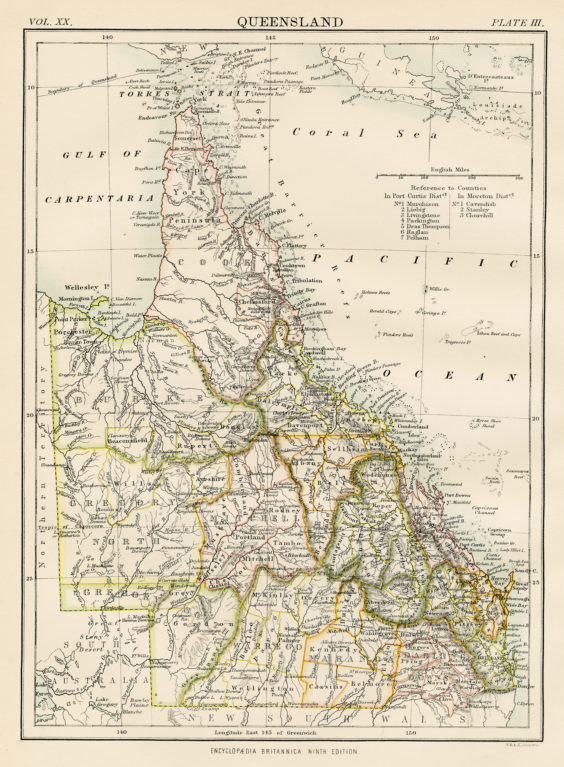
‘The True Hero Stuff’
I grew up in a Queensland still so saturated with racist ideology that my own identity was hidden from me until as a teenager I started bringing home questions about our family’s tan skin and curly dark hair. Forty years later I was very well aware that non-First Nations writers usually mine a vast well of ignorance and stereotype when they attempt to bring Aboriginal characters or themes into their work.

fifteen ways to be erased
When my son was surrounded by dozens of students, being called a faggot after his ‘friend’ announced to the whole cohort that Saul identified as pansexual, the new guidance counsellor spoke at length about the school’s supportive culture for queer kids and avoided the F-word in case saying it would manifest a faggot before him. Like to see that guidance councillor de-escalate a fist at the point it regrades a face. Like to know the last time someone reduced him to a noun.

In case of education emergency…read this
Indigenous peoples have a right to self-determine their education, as outlined in the UN Declaration on the Rights of Indigenous Peoples. These rights recognise that systemic power has been taken away from Indigenous peoples due to the ongoing impacts of colonisation and that subsequent interactions with schools, education departments and universities occur within a power imbalance.